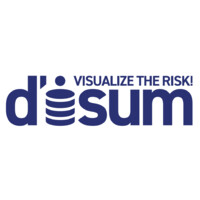If we can predict serious machine failures and human illnesses in advance, we can prevent them from happening. We can make such wishes come true. Until now, many attempts have been made to predict such anomalies using machine learning and deep learning technologies. However, most of them have failed. This is because it is difficult to prepare a sufficient amount of training data, because anomalies rarely occur, and because machines and people are diverse. Our risk visualization technology detects the faintest signs of machine breakdowns and human illnesses, and visualizes the degree and magnitude of the risk. For machines in operation, signals such as vibration, sound, electric current, and torque can be monitored and converted to frequency spectrum data to detect and visualize minute changes in the signals. Similarly for humans, it can detect weak changes in signals such as respiration, heartbeat, body movement, and voice, and visualize signs of illness or body abnormality. The principle is as follows. Spectral data obtained during the first few days (reference period) are used as reference data. These data are plotted on a two-dimensional plane using our original dimensionality reduction method called D'Insight, resulting in a region of reference data on a 2-dimensional plane. New data after the reference period can be plotted on the same plane in real time, depending on their similarity to the reference data. If the condition of the machine remains unchanged, the new data will be plotted in the reference area, since the data characteristics will remain similar. As the machine begins to deteriorate, the new data will deviate from the reference region because the characteristics of the new data will become different from those of the reference data. Also the distance between the new daily data and the reference data defines the Failure Risk Index (FRI); a warning is issued when the FRI reaches a predefined threshold value.
Location: Japan
Member count: 1-10
Founded date: 2019
